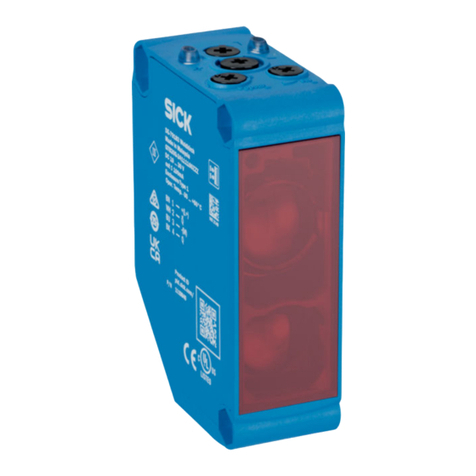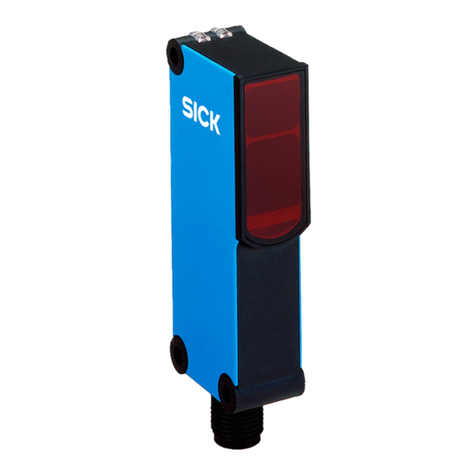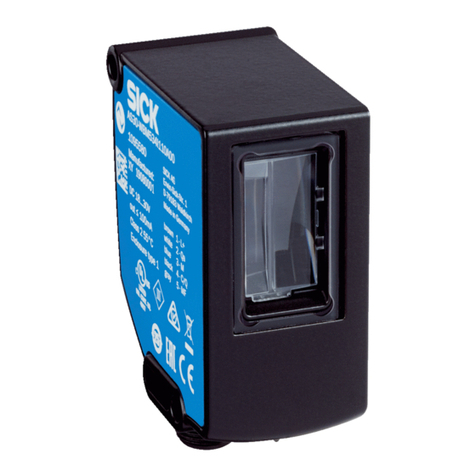SICK GRSE18V User manual
Other SICK Accessories manuals
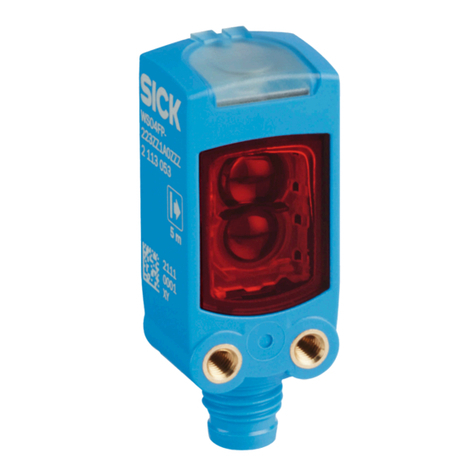
SICK
SICK WSE4F User manual

SICK
SICK GSE2 Flat Side User manual

SICK
SICK WLG16 Bluetooth User manual
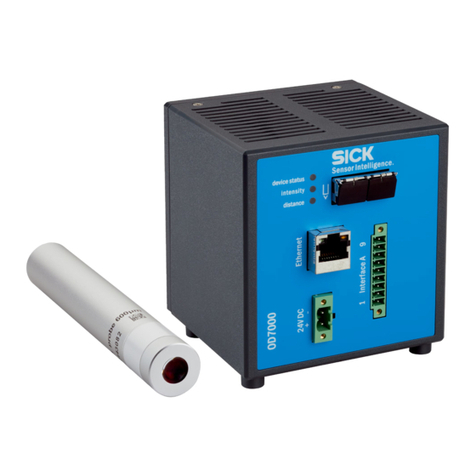
SICK
SICK OD7000 Series User manual
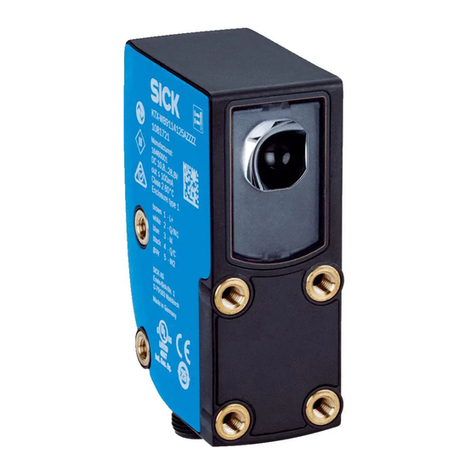
SICK
SICK KTX Prime KTX-WB91141259ZZZZ User manual
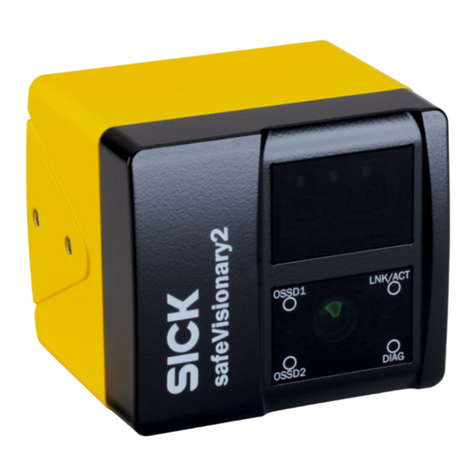
SICK
SICK safeVisionary2 User manual
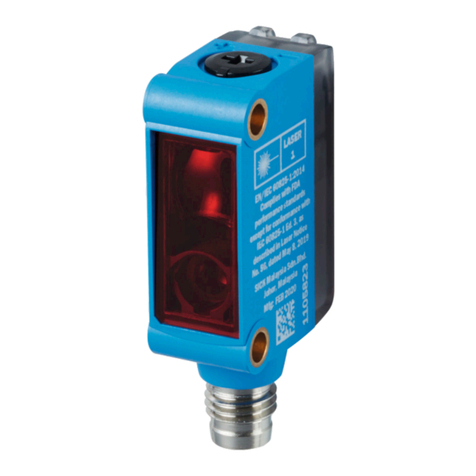
SICK
SICK GTE6L-P1 Series User manual
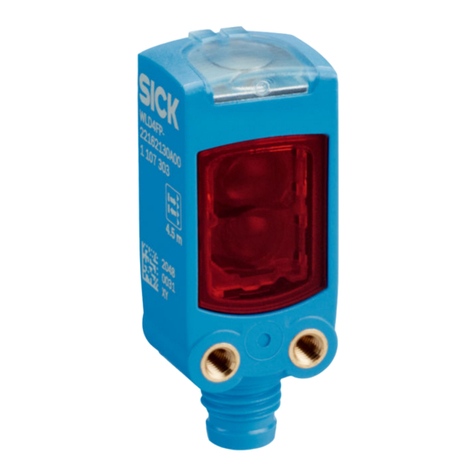
SICK
SICK W4F User manual
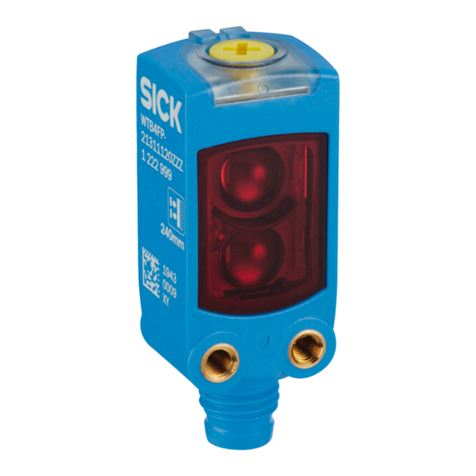
SICK
SICK WTB4F User manual
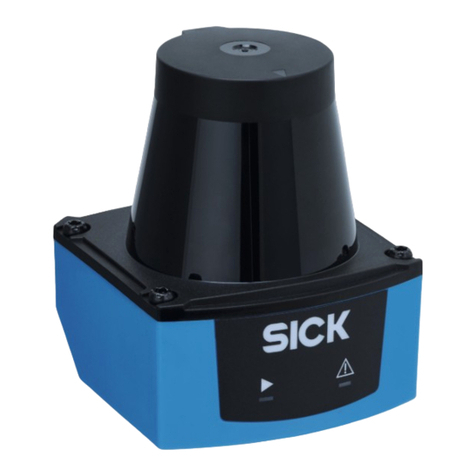
SICK
SICK TiM1 Series User manual

SICK
SICK GSE6L Series User manual
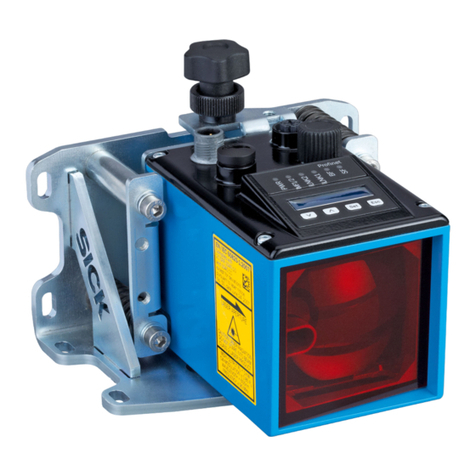
SICK
SICK DL100 Pro User manual
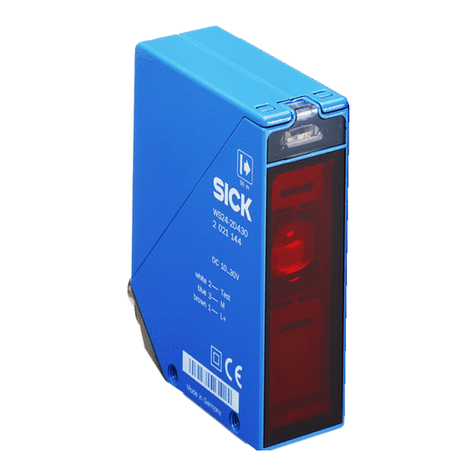
SICK
SICK WS24-2 Series User manual
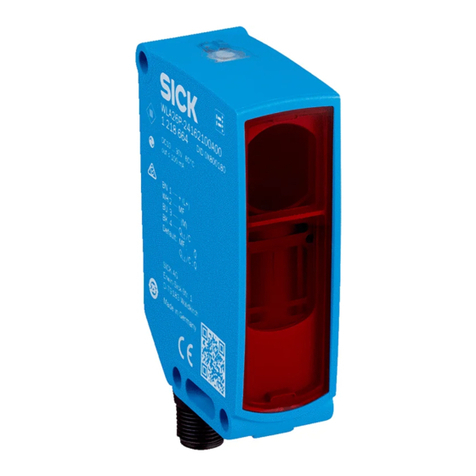
SICK
SICK WLA26 00 Series User manual
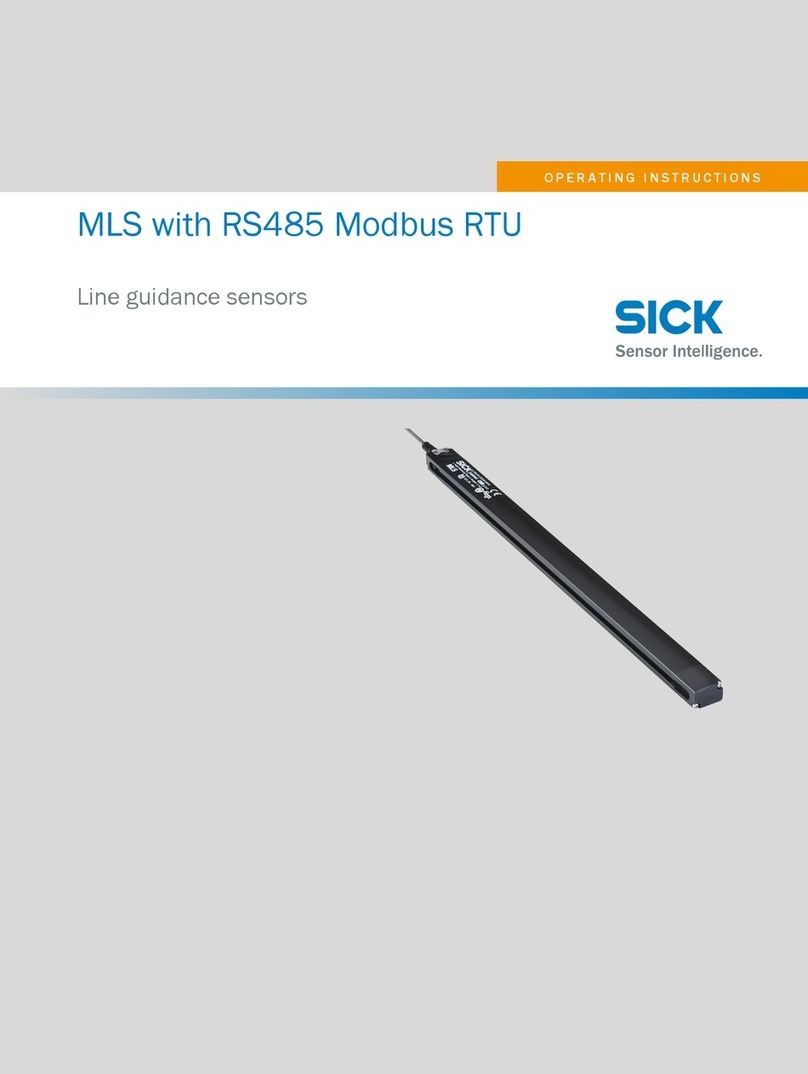
SICK
SICK MLS User manual
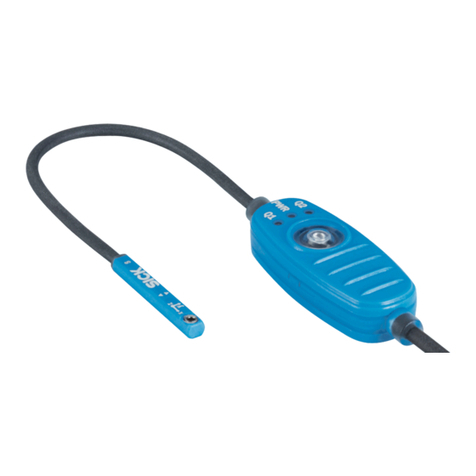
SICK
SICK MPS-G50 Series User manual
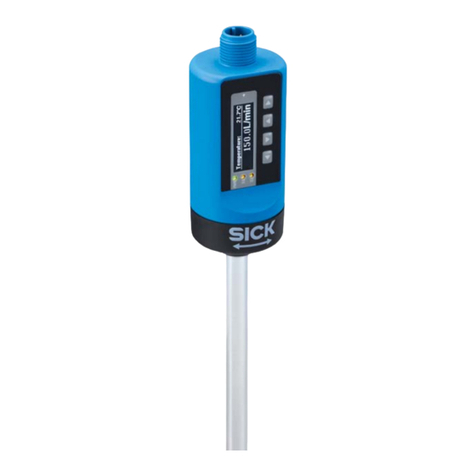
SICK
SICK T-EASIC FTS User manual
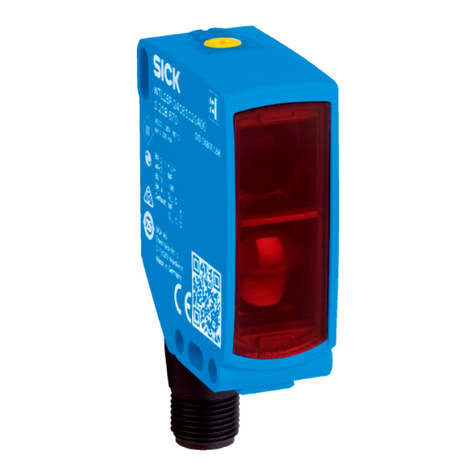
SICK
SICK WSE16 Series User manual

SICK
SICK DL100 Pro User manual
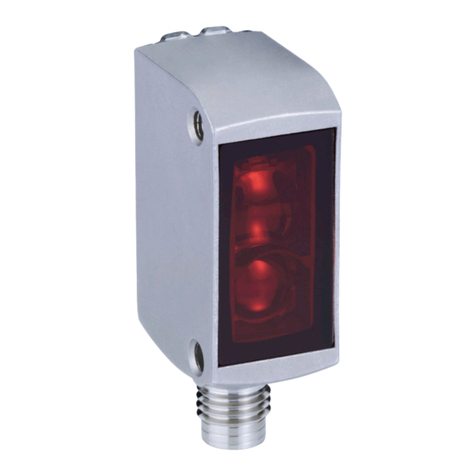
SICK
SICK GL6 V Series User manual

